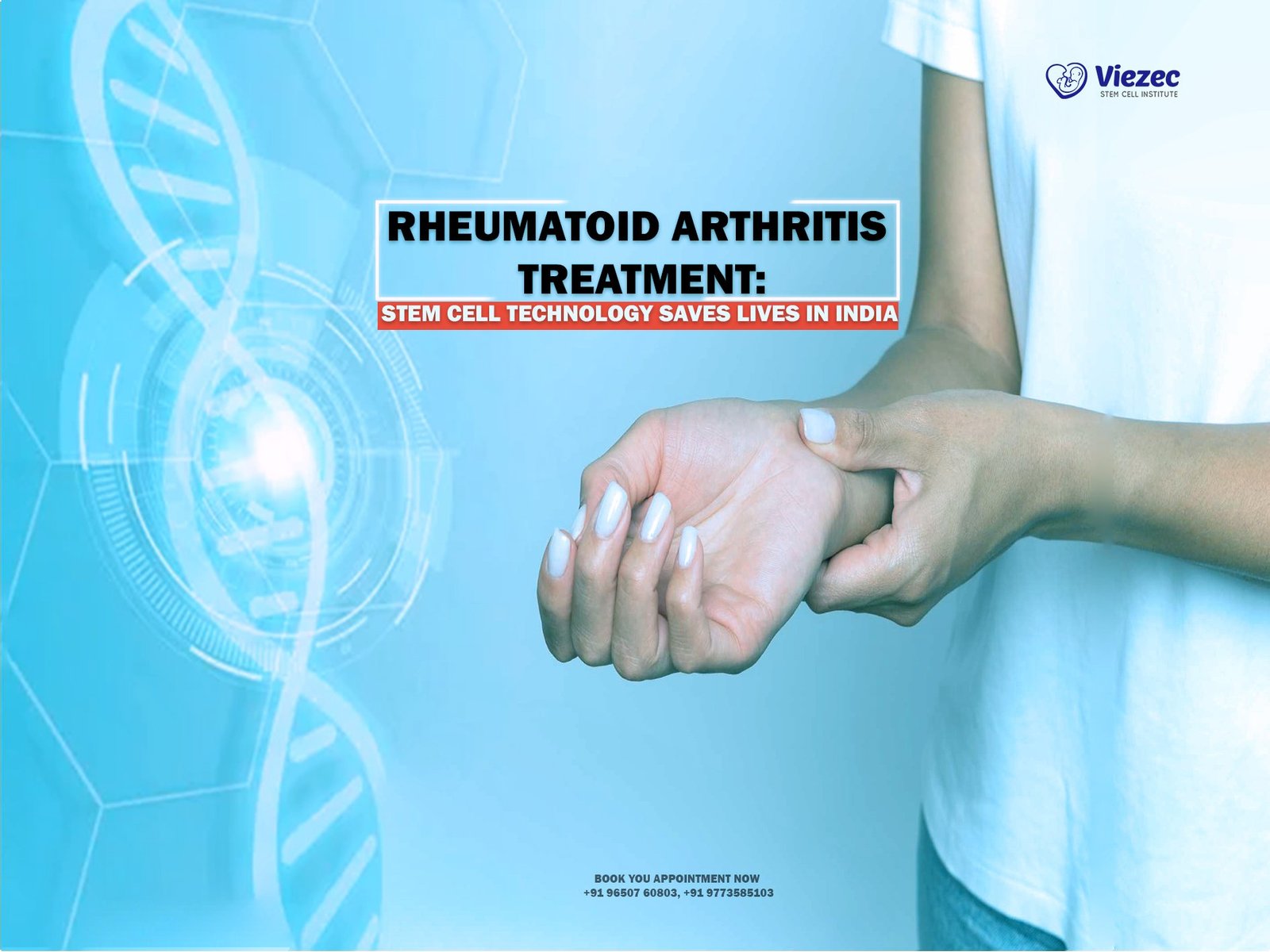Spinal stenosis is a prevalent condition characterized by the narrowing of the spaces within the spine, leading to compression of the nerves and spinal cord. This compression often results in pain, numbness, weakness, and other debilitating symptoms. While various treatment options exist, including medication, physical therapy, and surgery, researchers have increasingly explored the potential of stem cell therapy in managing spinal stenosis. Stem cell therapy holds promise for not only alleviating symptoms but also potentially regenerating damaged tissues. This article delves into the role of stem cell therapy in managing spinal stenosis, exploring its mechanisms, efficacy, and future prospects.
Understanding Spinal Stenosis
Before delving into stem cell therapy, it’s crucial to grasp the underlying mechanisms of spinal stenosis. The spine comprises vertebrae, which encase and protect the spinal cord and nerves. Between each vertebra are spinal discs, which act as cushions, absorbing shock and enabling flexibility. With age or due to various factors such as injury or degenerative changes, these discs may degenerate, leading to a reduction in disc height and the development of bone spurs or overgrowths. Consequently, the spinal canal narrows, compressing the nerves and spinal cord, resulting in symptoms such as pain, tingling, weakness, and difficulty walking.
Types of Spinal Stenosis
There are two primary types of spinal stenosis:
- Lumbar Spinal Stenosis: This occurs in the lower back and is the most common form of spinal stenosis. It typically manifests as pain, numbness, or weakness in the legs, buttocks, or lower back, which worsens with standing or walking.
- Cervical Spinal Stenosis: This affects the neck area and can lead to symptoms such as neck pain, stiffness, weakness, and tingling or numbness in the arms or hands. In severe cases, cervical spinal stenosis may result in coordination difficulties or even paralysis.
Current Treatment Modalities
Traditionally, the management of spinal stenosis has relied on conservative measures such as pain medication, physical therapy, and steroid injections to alleviate symptoms. In cases where conservative treatments fail to provide relief or if there is progressive neurological deterioration, surgical intervention may be necessary. Common surgical procedures include laminectomy, which involves removing a portion of the vertebra to relieve pressure on the spinal cord, and spinal fusion, which aims to stabilize the spine by fusing two or more vertebrae together.
While these treatments can be effective in many cases, they are not without limitations. Surgery carries inherent risks, including infection, blood loss, and complications associated with anesthesia. Moreover, surgical outcomes may vary, and some patients may experience persistent symptoms even after undergoing surgery.
The Promise of Stem Cell Therapy
Stem cell therapy has emerged as a potential alternative or adjunctive treatment for spinal stenosis, offering the possibility of addressing the underlying pathology and promoting tissue regeneration. Stem cells are undifferentiated cells with the remarkable ability to differentiate into various cell types and proliferate indefinitely. They can be sourced from different tissues, including bone marrow, adipose tissue, and umbilical cord blood.
Mechanisms of Action
The therapeutic mechanisms of stem cell therapy in spinal stenosis are multifaceted:
- Anti-inflammatory Effects: Stem cells possess potent anti-inflammatory properties, modulating the immune response and reducing inflammation in the affected area. By mitigating inflammation, stem cells help alleviate pain and promote tissue healing.
- Tissue Regeneration: Stem cells have the capacity to differentiate into specialized cell types, including chondrocytes, osteoblasts, and neurons. In the context of spinal stenosis, stem cells can differentiate into disc cells, bone cells, and nerve cells, facilitating the regeneration of damaged tissues and restoring spinal function.
- Paracrine Signaling: Stem cells secrete bioactive molecules such as growth factors, cytokines, and extracellular vesicles, which exert paracrine effects on neighboring cells. These signaling molecules promote cell survival, proliferation, and angiogenesis, further enhancing tissue repair and regeneration.
Clinical Evidence
While the use of stem cell therapy for spinal stenosis is still in its infancy, preliminary studies have shown promising results. A systematic review published in the Journal of Orthopaedic Surgery and Research examined the outcomes of stem cell therapy in patients with degenerative disc disease, a condition closely related to spinal stenosis. The review included several clinical trials and observational studies and concluded that stem cell therapy was associated with improvements in pain, function, and disc height.
In another study published in the journal Pain Physician, researchers investigated the efficacy of mesenchymal stem cell (MSC) therapy in patients with lumbar spinal stenosis. The study enrolled 30 patients who received intradiscal injections of autologous MSCs derived from bone marrow. The results demonstrated significant improvements in pain scores, functional disability, and quality of life measures at both short-term and long-term follow-up intervals.
Challenges and Considerations
Despite the promising results observed in early studies, several challenges and considerations remain regarding the use of stem cell therapy for spinal stenosis:
- Optimal Cell Source: The choice of stem cell source is a subject of ongoing debate. While bone marrow-derived MSCs are commonly used, other sources such as adipose-derived stem cells and umbilical cord blood stem cells also hold potential. Further research is needed to determine the optimal cell source for spinal stenosis therapy.
- Safety Concerns: While stem cell therapy is generally considered safe, there are concerns regarding potential adverse effects such as infection, tumor formation, and immune rejection. Rigorous safety assessments and long-term follow-up studies are essential to mitigate these risks.
- Standardization of Protocols: There is currently a lack of standardized protocols regarding the administration of stem cell therapy for spinal stenosis. Factors such as cell dosage, delivery method, and patient selection criteria vary across studies, making it challenging to compare outcomes and establish best practices.
Make informed Decision
Stem cell therapy holds immense promise for the management of spinal stenosis, offering a potentially transformative approach that targets the underlying pathology and promotes tissue regeneration. While further research is needed to elucidate the optimal protocols, safety profile, and long-term outcomes of stem cell therapy, early evidence suggests encouraging results. By harnessing the regenerative potential of stem cells, clinicians may pave the way for more effective and sustainable treatments for spinal stenosis, ultimately improving the quality of life for millions of individuals affected by this debilitating condition.









